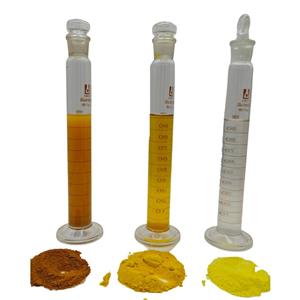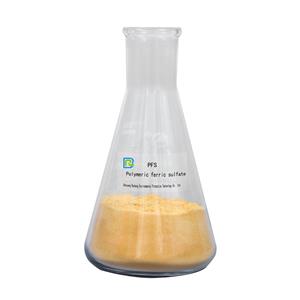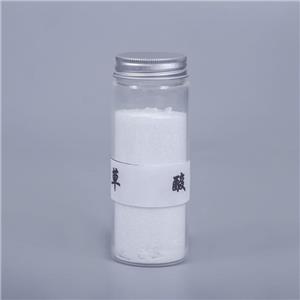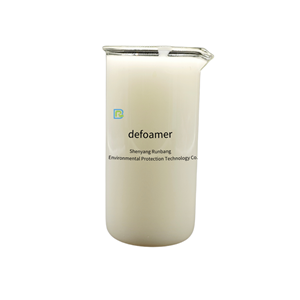Can polyaluminum chloride remove COD from water?
Polyaluminum chloride (PAC)is an efficient inorganic water purifying agent. When treating wastewater containing COD, it mainly achieves removal through flocculation, precipitation, and elimination of various suspended solids and colloidal particles in the wastewater. COD generally belongs to suspended solids in water, and treatment with polyaluminum chloride can achieve good removal effects. The coagulation effect in water treatment applications is not only influenced by factors such as the content of effective substances like aluminum oxide and alkalinity but also varies depending on the water quality. The treatment effect of polyaluminum chloride on COD (Chemical Oxygen Demand) is an important indicator of organic pollution in water bodies, reflecting its comprehensive purification effect on domestic sewage.
Relevant experiments indicate that with the increase in the dosage of polyaluminum chloride(PAC), the removal rate of COD increases rapidly at first, and then the removal rate increases slowly with further increase in the dosage. When reaching a certain value, increasing the dosage of polyaluminum chloride further does not change the COD removal rate.
Usage notes:
The pH value of water greatly affects the coagulation effect of polyaluminum chloride(PAC). Typically, polyaluminum chloride (PAC)has good coagulation effects at pH values ranging from 4 to 11, but pH values between 6 and 9 yield even better coagulation effects. Good coagulation effects can lead to better removal of COD from wastewater.
Additional reading: What is COD?
COD (Chemical Oxygen Demand): It is the amount of oxidant consumed when a certain amount of water sample is treated with a certain strong oxidant under certain conditions. It reflects the degree of substance pollution in water. The greater the Chemical Oxygen Demand, the more severe the pollution by organic matter in the water. COD is expressed in mg/L. Water quality can be classified into five categories based on COD values, where Category I and II have COD ≤ 15 mg/L, which basically meet drinking water standards. Waters with values higher than Category II cannot be used as drinking water. Category III has COD ≤ 20 mg/L, Category IV has COD ≤ 30 mg/L, and Category V has COD ≤ 40 mg/L, indicating polluted water quality. The higher the COD value, the more severe the pollution.




